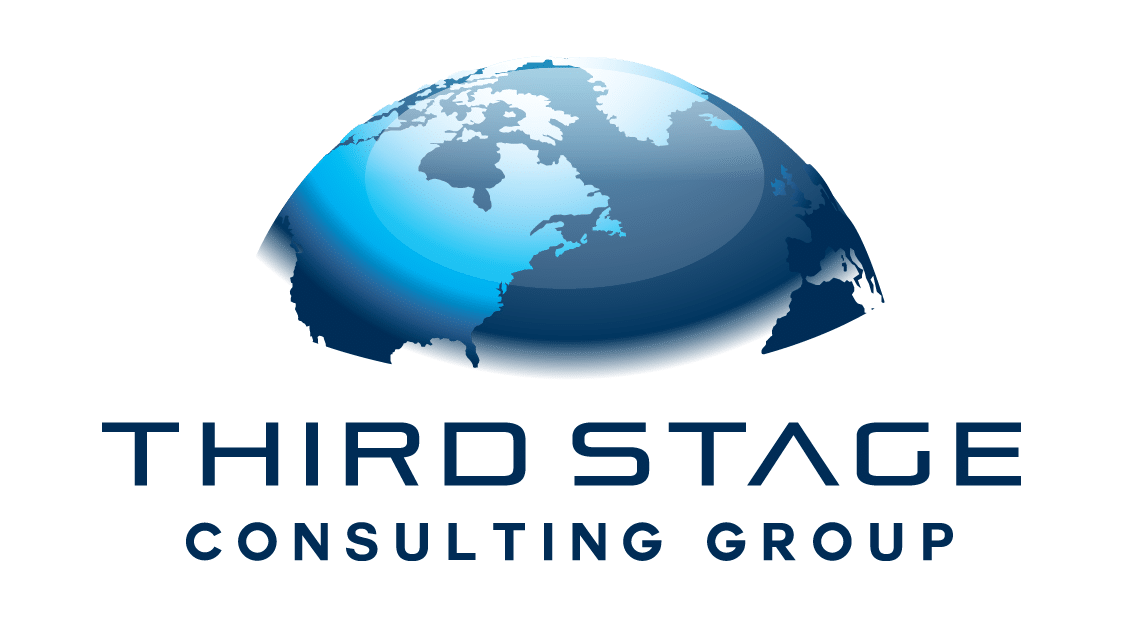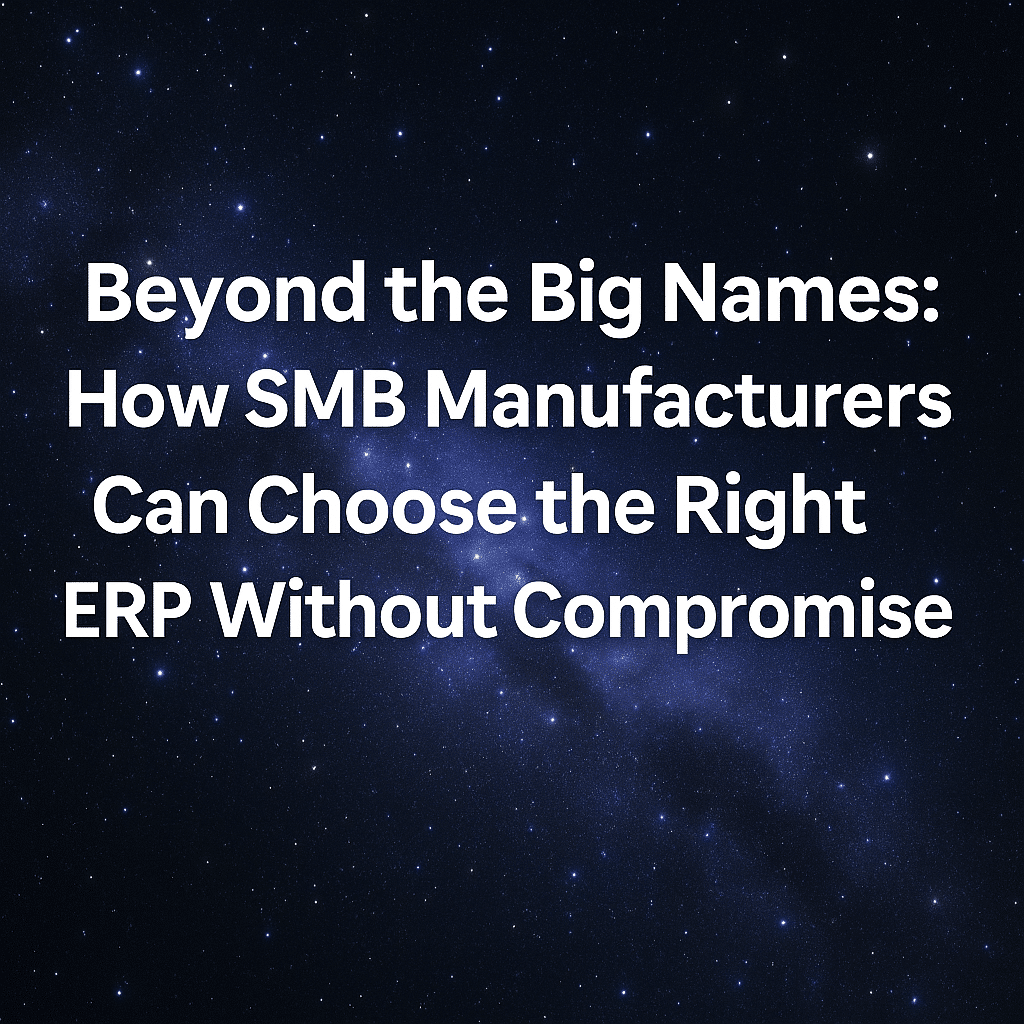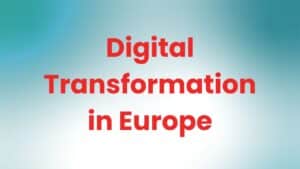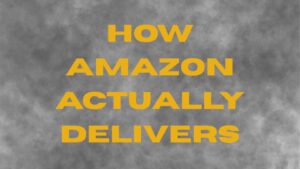A Strategic Guide to Evaluating Vendors, Aligning Tech with Growth, and Avoiding Common ERP Mistakes
Table of Contents
ToggleWhy ERP Selection Matters More Than Ever for SMB Manufacturers
If you’re running a small or mid-sized manufacturing or distribution company, you’re likely feeling the pressure to modernize. Disconnected systems, manual processes, and legacy software may have worked in the past — but they won’t support your growth for the next 3 to 5 years.
That’s where Enterprise Resource Planning (ERP) systems come in. But here’s the challenge: choosing the wrong ERP can be more expensive and disruptive than doing nothing at all. On the other hand, picking the right ERP — one that aligns with your size, industry, and goals — can unlock productivity, profitability, and real scalability.
The key? Avoiding both extremes: don’t fall into the trap of overspending on the biggest name just for peace of mind, and don’t underestimate the power of smaller vendors simply because they’re less well-known.
The “Big 4” Vendors You’ll See Most Often — and Why
For companies in the manufacturing and distribution space, four vendors show up time and time again in shortlists:
- Epicor: Long known for its manufacturing focus, Epicor offers flexibility in deployment and a deep suite of features tailored for production-heavy environments.
- Infor: Often selected for its strong industry-specific capabilities, especially in distribution and supply chain operations. Its CloudSuite Industrial (Syteline) product is a popular mid-market choice.
- Microsoft Dynamics 365: With tight integration into the Microsoft ecosystem, D365 appeals to companies that want a familiar interface and broad customization potential.
- Oracle NetSuite: Known for being cloud-first and relatively fast to implement, NetSuite delivers strong financials and inventory management for fast-growing businesses.
These are solid platforms with global track records — but they aren’t your only options.
Why Tier-Two Vendors Deserve a Closer Look
Beyond the big four, there’s a growing field of tier-two ERP vendors that are quietly building reputations for performance, agility, and support. These solutions may not have massive marketing budgets, but they often offer:
- Faster implementation timelines
- Lower total cost of ownership
- Simpler, more intuitive user interfaces
- Customer service that feels more like a partnership
For companies with unique workflows or moderate complexity, these systems can actually be better fits than their tier-one counterparts.
Bottom line? Don’t equate popularity with suitability. The ERP market is more diverse than ever — and the best solution might be the one you’ve never heard of.
Future-Proofing: Why “Outgrowing” an ERP Is Becoming Less Common
Historically, one of the biggest fears with ERP selection was that you’d outgrow the system in just a few years. For fast-scaling manufacturers and distributors, the thought of investing in an ERP only to replace it again in three years was a deal-breaker.
But the landscape has shifted.
Today’s systems — even tier-two ERPs — are built to scale with your business, not against it. Modular architecture, API-based integrations, and cloud deployment models make it easier than ever to expand functionality as you grow.
This means:
- You can start with a core set of features and layer on more over time
- You don’t have to “rip and replace” every few years
- Your system can evolve with your business strategy
Step 1: Get Clear on Where You’re Headed (1–3 Year View)
Before you evaluate any technology, your leadership team needs to step back and align on vision. This doesn’t have to be a formal strategy offsite — but it does need to be intentional.
Ask questions like:
- Where do we want to be in the next 1–3 years?
- Are we expanding locations? Product lines? Customers?
- What are our biggest process bottlenecks right now?
- What would “success” look like after implementing an ERP?
It’s easy to get distracted by flashy features, but technology should always serve the business strategy, not the other way around. This vision-setting exercise gives you the clarity needed to evaluate ERP systems based on how well they support your growth path.
Step 2: Audit Your Current Tech Stack (Before You Throw It All Away)
Not every ERP implementation requires a full wipe of your current systems. In fact, many organizations discover that their existing tools are just underutilized or poorly integrated.
That’s why the next step is a technology assessment:
- What systems are currently in place?
- What’s working well, and what isn’t?
- Are there manual workarounds hiding process pain?
- Can any tools be upgraded or better integrated?
We’ve seen companies go through the entire RFP and selection process only to realize they simply needed a few strategic add-ons, a better CRM connection, or improved data governance — not a full ERP replacement.
This assessment saves time, money, and disruption. It also helps define whether your transformation should be a phased enhancement or a larger replatforming effort.
Step 3: Adopt a Phased, Low-Risk Implementation Strategy
If you’re a family-owned or conservatively run business, a “Big Bang” ERP deployment can feel like jumping off a cliff. Fortunately, you don’t have to leap all at once.
More and more companies are adopting phased ERP strategies — starting with one module, business unit, or process area, and expanding from there. This approach lets you:
- Test adoption and training with a smaller team
- Build internal change management muscle
- Prove ROI before scaling up
You don’t need to transform everything in year one. Focus on quick wins (e.g., automating invoicing or connecting inventory to sales), then use that success to build support for future phases.
This incremental approach is especially effective in manufacturing environments, where downtime and disruptions can directly impact customer commitments.
Don’t Fall for the “Tech for Tech’s Sake” Trap
Perhaps the most critical reminder: ERP is a means, not an end.
Too many companies chase modern technology without tying it back to measurable business outcomes. The result? Expensive tools that don’t deliver ROI and frustrated teams that revert to Excel.
Your ERP strategy should be rooted in:
- Operational pain points
- Long-term growth objectives
- Realistic change readiness
- A step-by-step plan for adoption
A successful ERP implementation won’t just give you flashy dashboards — it will drive efficiency, accountability, and clarity across your organization.
Final Thoughts: You’re Not Alone in This Journey
ERP selection is high-stakes — especially for SMBs with lean teams and limited room for error. That’s why vendor-neutral, strategy-first guidance is so critical.
Whether you’re exploring a full digital transformation or just looking to eliminate manual processes, you don’t have to figure it all out alone.
Free Resource: Your 2025 Digital Transformation Toolkit
To help manufacturers and distributors plan smarter, we’ve put together the 2025 Digital Transformation Report, filled with:
- Independent ERP rankings and reviews
- Software evaluation checklists
- Implementation best practices
- Change management strategies for small teams
📥 Click here to download the report
Need more personalized guidance?
Third Stage Consulting helps manufacturing and distribution companies align strategy, select the right ERP, and implement with confidence — without getting locked into any single vendor.
Let’s talk about how to make your ERP journey a growth driver, not a headache.






